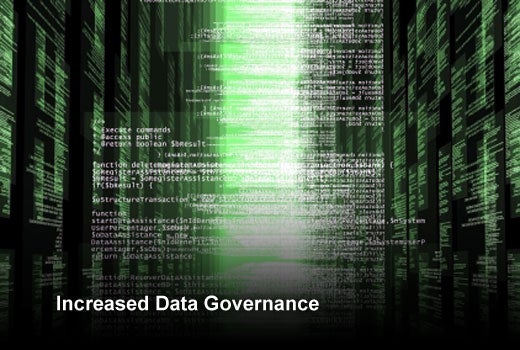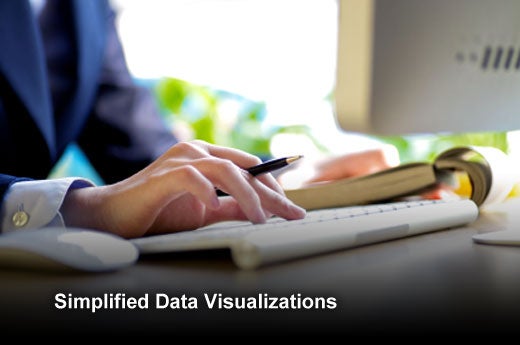Each year around this time, the experts at TARGIT hash out what they believe the landscape of business intelligence will look like as the new year unfolds. Understanding the landscape is crucial to success in this fast-paced industry. Following a year hot on mobile BI, a Big Data explosion, and a shift to in-memory and cloud-based BI architecture, TARGIT anticipates even more advances in the year to come as businesses continue to realize the power of utilizing data to make smarter decisions. Here are their five predictions for the business intelligence landscape in 2015.
TARGIT is one of the world’s largest business intelligence vendors for companies using Microsoft Dynamics NAV or AX. In fact, more than 80 per cent of its clients are MS Dynamics users. Gartner has included TARGIT in the “Magic Quadrant for Business Intelligence Platforms” as a niche player.
2015 BI Predictions
Click through for five business intelligence industry predictions for 2015, as identified by TARGIT.
Increased Data Governance
Companies are creating, accessing and using incredible amounts of data from more sources than ever before. With access to unprecedented amounts of information, companies are increasing investments in setting their data free to decision makers throughout the organization, creating an obvious need for a new role to control that data.
This new type of position must go beyond pure data management to include: understanding how data is being used throughout the company, identifying what information is most important for those uses and filtering out clutter. Today’s BI solutions are so extensive, now is the time to clean up and focus on the critical objectives.
The Rise of Embedded BI
Everyone has a daily business routine. Adding a new process to the to-do list might at first seem disruptive, whether or not it is ultimately good for business. As everyone knows, the more complicated a process is perceived to be, the less likely it is to be executed. When a BI environment is not satisfactorily adopted throughout the organization, it can disrupt how reports, dashboards and analyses are being delivered, complicating an otherwise useful business process.
The solution is to provide access to the right information directly where people are working. Embedding an analysis on the product card in an ERP system, or on the customer card in a CRM system, are easy ways to ensure BI is consumed when and where people need it most.
Simplified Data Visualizations
The average attention span is shrinking. In the face of constant bombardment of information, attention typically lingers on a single task for just eight seconds before something else demands it.
Because of this, dashboards and analyses will become increasingly simplified to convey the most critical information in the fastest, most efficient way possible. With the number of roles and variety of ways different personas prefer to consume information, an analysis that is built for everyone is guaranteed to portray so much that very little value will actually be gleaned in the time employees devote to it.
Data visualizations in the year to come will be designed for each specific persona and display only the most critical KPIs. To do this, every dashboard and analysis must be designed with the Goldfish Effect in mind.
Increased Data Experimentation
In 2014, 73 percent of companies either had already invested in or planned on investing in Big Data solutions, according to Gartner. That doesn’t mean, however, that companies knew what to do with the data. Gartner found that despite the dramatic rise in investment in Big Data, there was no corresponding rise in Big Data projects.
As the interest in Big Data has risen, so have the tools to capture it. Users of BI tools can now easily pull in relevant external data to analyze independently or to mash-up with an organization’s existing internal data.
The Rise of Cloud BI
With organizations increasingly putting Big Data on their wish lists, they’ll be turning to the cloud not only for its immense storage capabilities, but to utilize it for its access to bigger Big Data. The cloud provides easy access to data 24/7, enabling enterprises to have immediate access to what they need for the data experimentation mentioned earlier, such as data mash-ups. By giving enterprises this ability, unprecedented amounts of business questions can finally find an answer in the data, and doing it within the cloud makes it painless.








